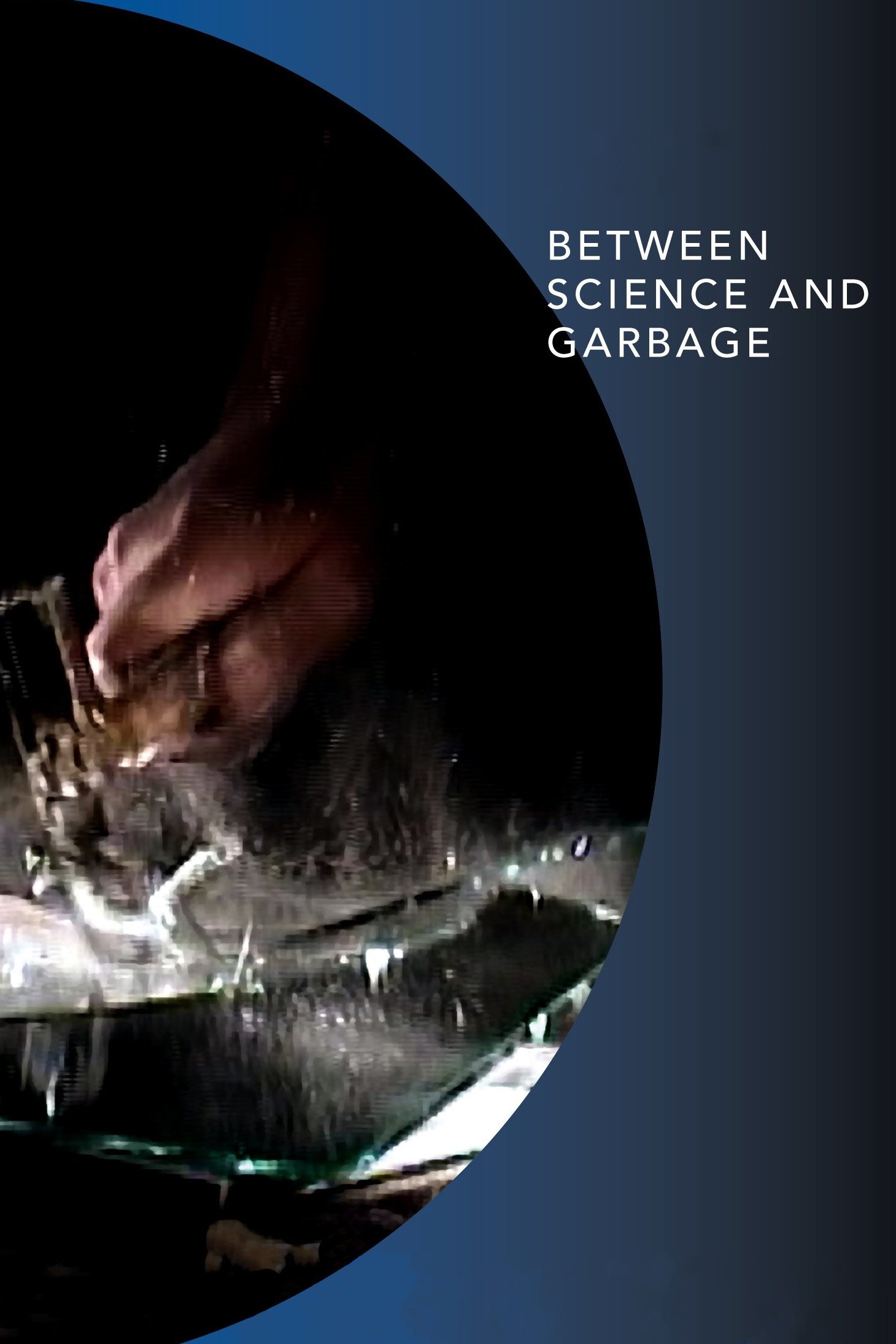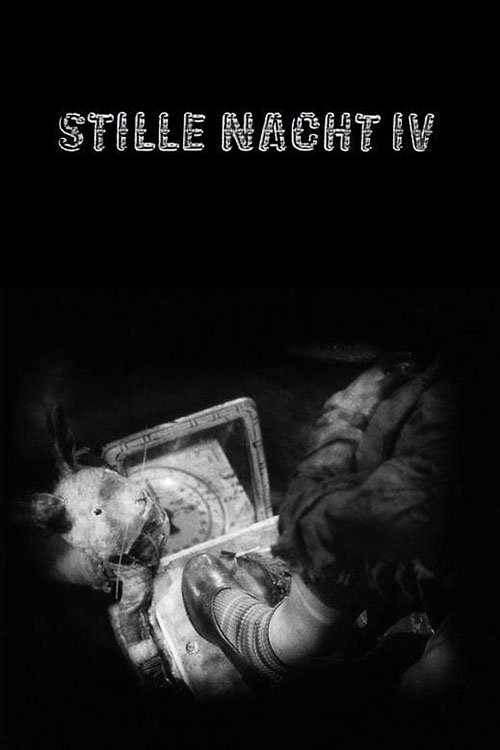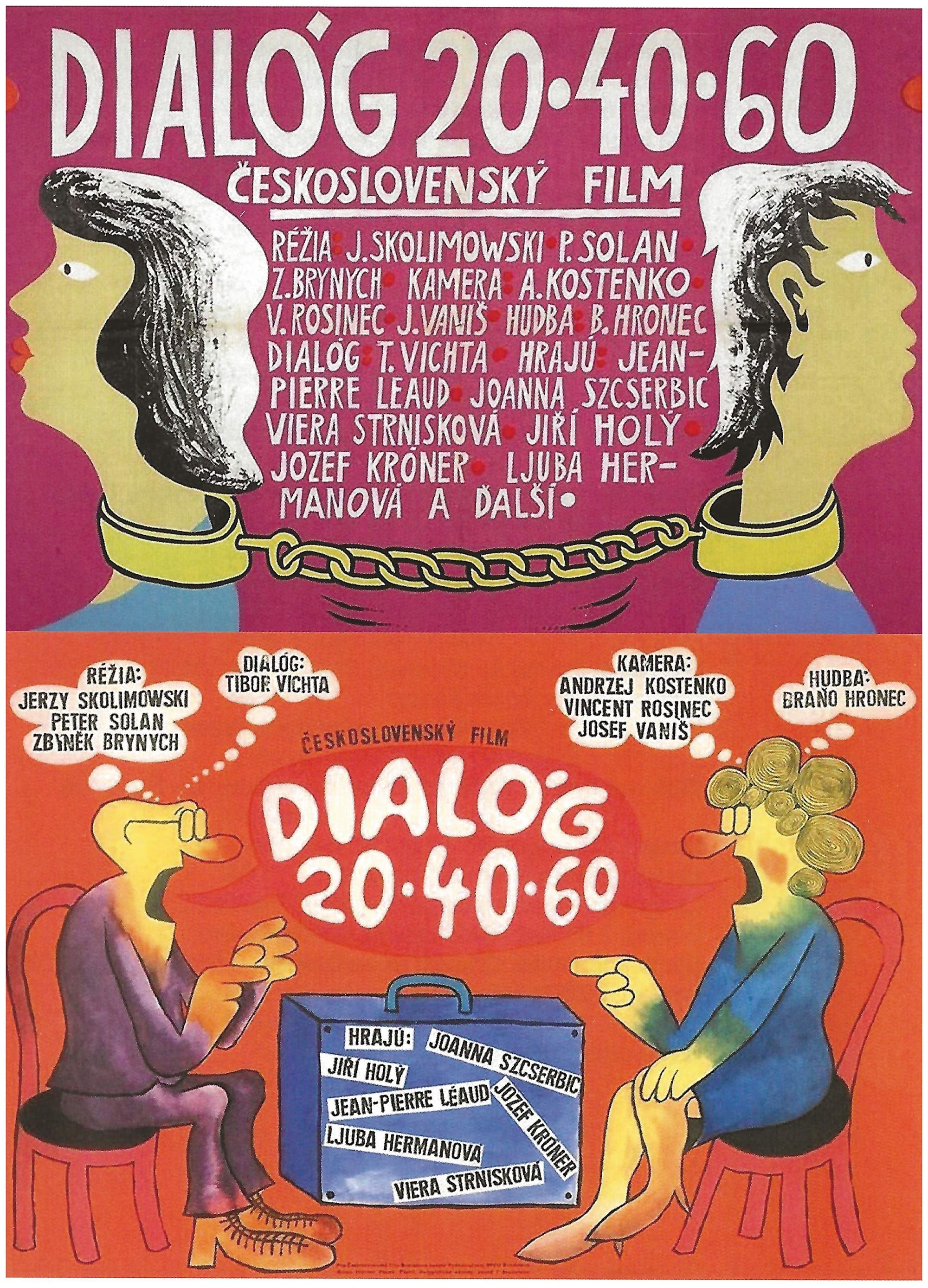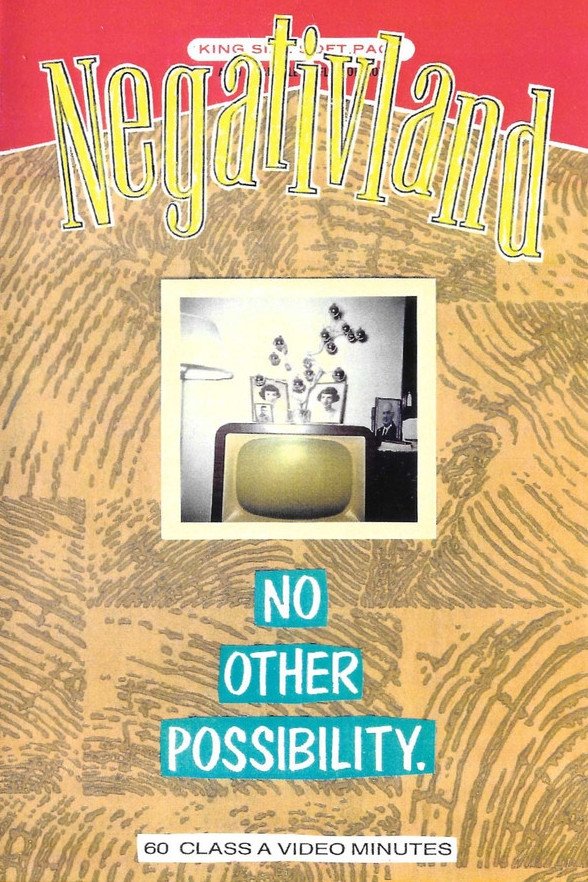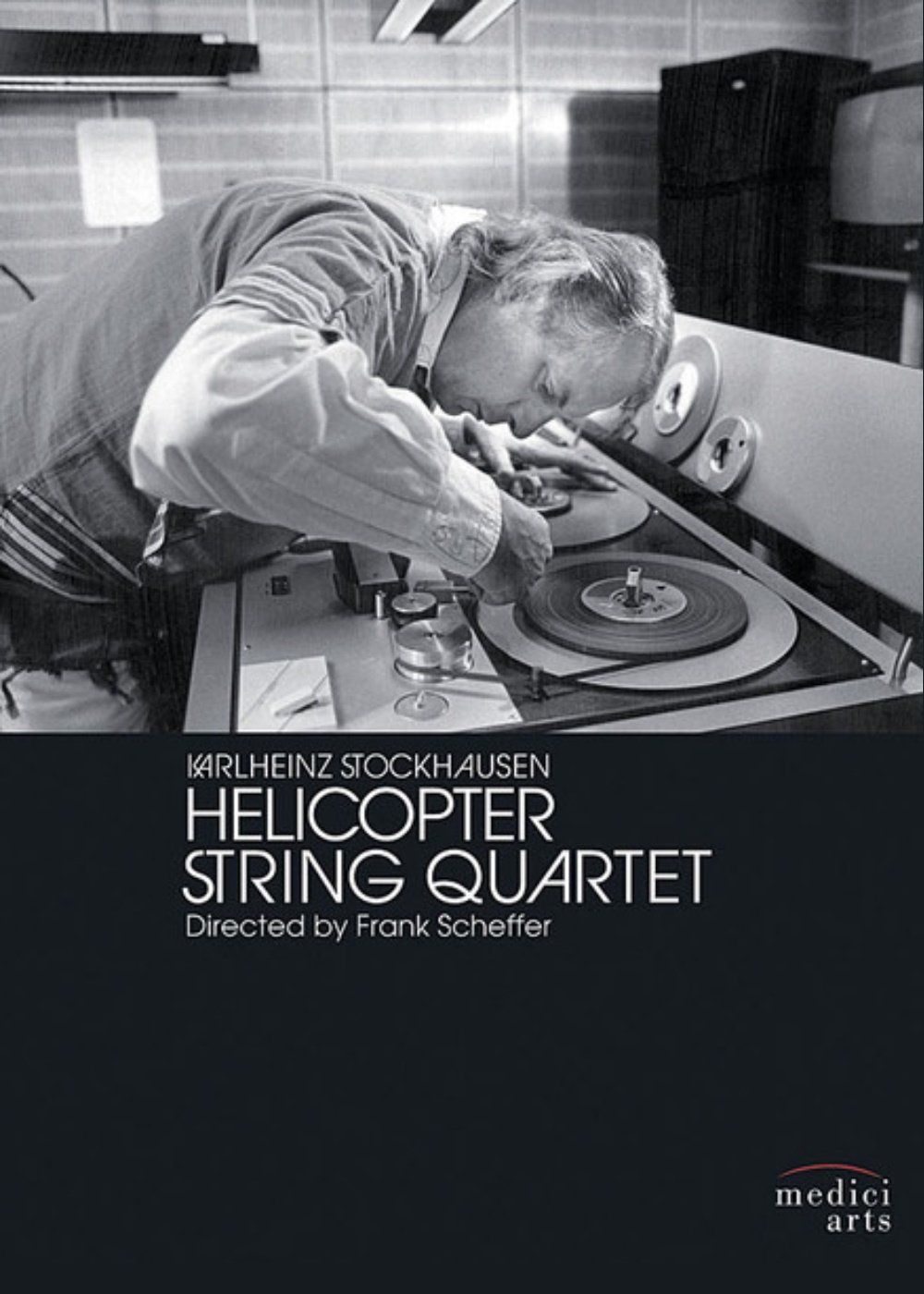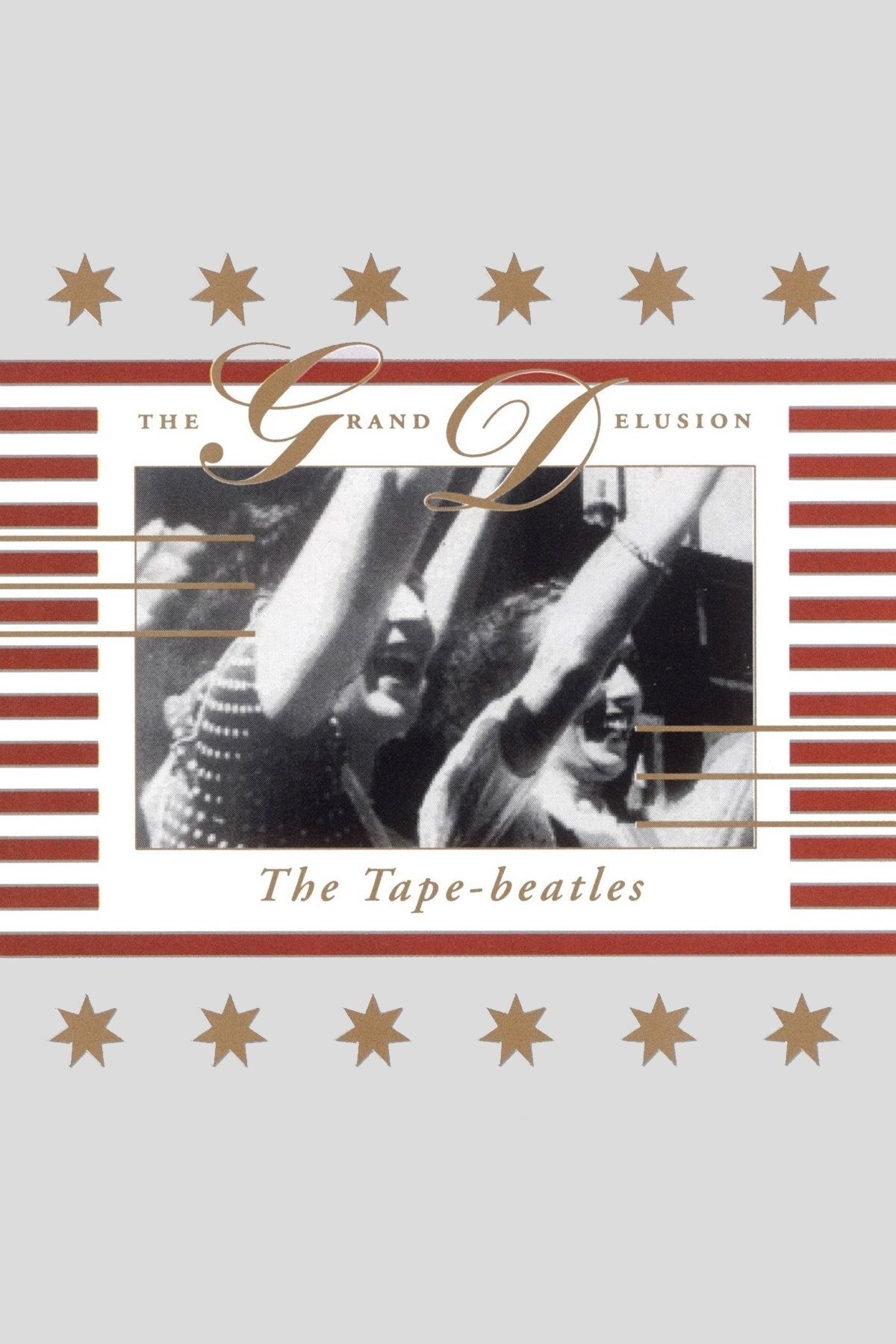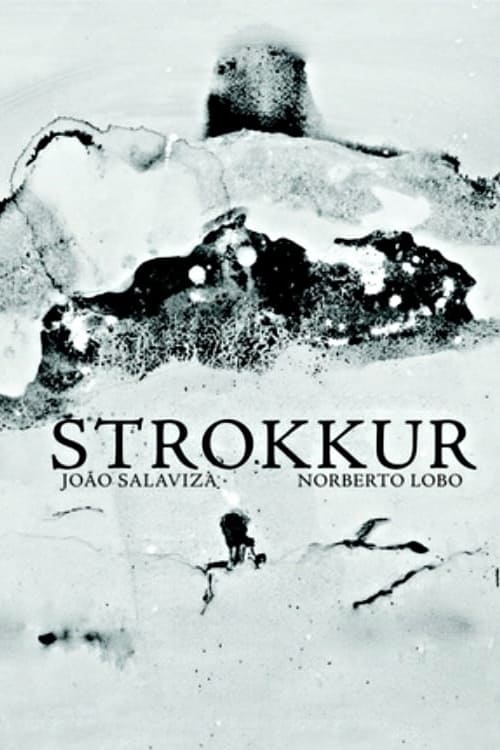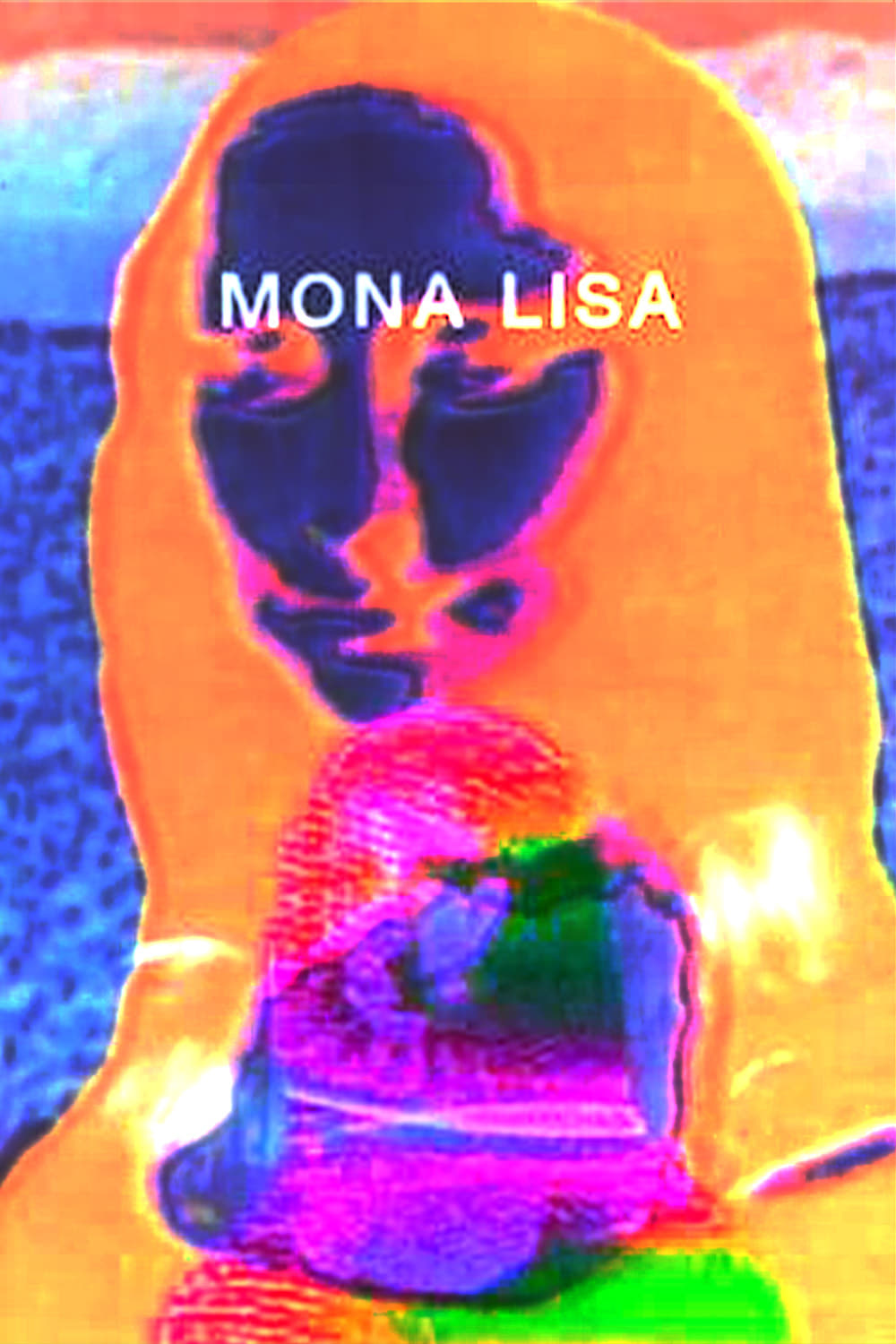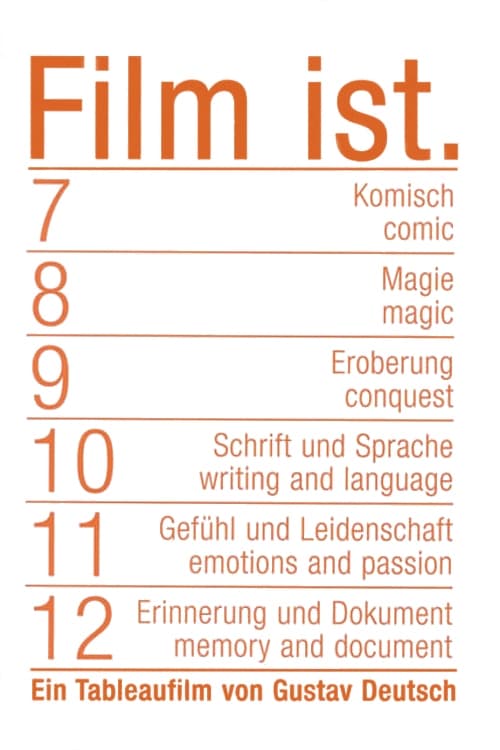TV Sheriff and The Trailbuddies: Not 4 $ale (2007)
Overview
Emerging from the LA underground in year 2000, a self-proclaimed "video band" called TV Sheriff & The Trailbuddies hit the scene with their twisted take on performance art and VJ remixing. They have since taken their unique act to venues worldwide, providing animated commentary on the state of mind control in the USA. The Trailbuddies focus on the banality of television, creating rhythmic collages from appropriated clips of the most absurd broadcast moments. And besides their virtuoso sampling, the madcap ensemble creates original—and hilarious!—karaoke-style melodies on mass-media manipulation. Behind TV Sheriff & The Trailbuddies is the ingenious, Emmy-award-nominated Davy Force, an exceptional combination of brilliant director and hands-on computer artist. His recent projects include music videos for Devo, animated commercials for Bandai and the show open for Tim & Eric's Awesome Show Great Job.
Production Companies
Additional Info
| Budget | $0.00 |
|---|---|
| Revenue | $0.00 |
| Original Language | en |
| Popularity | 0.12 |
Directed By
Dave Foss
Crew
Dave Foss
TOP CAST
Dave Foss
TV Sheriff
Similar Movies
Between Science and Garbage
A whirlwind of improvisation combines the images of animator Pierre Hébert with the avant-garde sound of techno whiz Bob Ostertag in this singular multimedia experience, a hybrid of live animation and performance art.
Behind a Hill
This documentary is a journey into our own fascination, a collection of portraits of folk musicians living in New England, and a study of the ground on which their music is founded. We listen to them as they tell their stories and play their music. First and foremost, Behind a Hill is a tribute to these musicians and a rare peep into the house parties and basement jams of New England, in the northwestern corner of the USA, with the vain hope attached that maybe you, the viewer, will grow as fond of the music as we have. When we first encountered these musicians, we were overwhelmed by the quality of their musical output. We were entranced by the melodies, harmonies, rhythms, and tempos and every other element that constitutes a song (or, as is often the case, a piece of abstract drone music, heavy feedback, or someone banging a steel pipe against a bag of dirt while chanting in a yet undiscovered language, or...).
Hokus Fokus
A filmmaker gets lost in a world of his own creation, literally. He is plotted against by his outer demons, searches for his lost sex scene and contends with several other versions of himself. A joyful rule-breaking carnival ride through a filmmaker's dreamland.
Final Flesh
The Pollard family is calmly discussing their impending death by atom bomb when Mrs. Pollard recounts a dream in which she sensually bathes herself in the "Tears of Neglected Children."
We Don't Care About Music Anyway
From radical turntablism (Otomo Yoshihide) to laptop music innovation (Numb), via classical instrument hijacking (Sakamoto Hiromichi), Tokyo's avant-garde music scene is internationally known for its boldness. While introducing some of the greatest musicians of this scene, "We Don't Care About Music Anyway..." offers a kaleidoscopic view of Tokyo, confronting music and noise, sound and image, reality and representation, documentary and fiction.
Stille Nacht IV: Can't Go Wrong Without You
Short animated film featuring the song "Can't Go Wrong Without You" by His Name Is Alive.
Dialogue 20-40-60
"Using the same, three times repeating dialogue – dramatic conversation between man and woman – Jerzy Skolimowski from Poland, Slovak director Peter Solan and Czech director Zbynìk Brynych shot three different stories. The result was an extraordinary experiment in the world cinema, which we can call an insight in the relationships of men and women of different age groups, an analysis of love and marriage of those who are at the beginning, in the middle or going towards the end of their life."
Negativland: No Other Possibility
In an effort to cure her smoking habit a middle-aged woman discovers that she can communicate with her long lost son while watching a Halloween safety program on TV. After suffering a nervous breakdown, her husband, a used car salesman, is revitalized when he travels back in time to drive the first car he ever sold. Seventeen years later a powerful canned food manufacturer crashes the same car into a toaster truck while endorsing a brand of yams on live TV. At the funeral his clergyman experiences a crisis of faith when he and a lifelike Mexican continue their search for a married couple who have befriended an insect who enjoys drinking lime soda. They later meet a young man whose bizarre murder scheme involves four innocent members of an experimental rock band who have all given up smoking.
Helicopter String Quartet
One morning, the late Karlheinz Stockhausen awoke from a dream that told him to take to the sky. Stockhausen envisioned four helicopters swirling in the clouds, with each of a quartet’s members tucked inside his own chopper, communicating through headsets, stringing away in sync to the rotor-blade motors. He immediately set forth to make that dream a reality. In 1995, Dutch film director Scheffer followed Stockhausen in the days leading up to the premiere performance of his Helicopter String Quartet in Amsterdam. The resulting film offers a rare glimpse of Stockhausen as he patiently dictates every agonizingly detailed measure to the Arditti Quartet.
The Tape-Beatles: The Grand Delusion
Produced in 1993, The Grand Delusion is one of our most completely realized works. In addition to taking the usual form of a Tape-beatles release (a CD), The Grand Delusion was also delivered in the form of an ‘expanded cinema’ presentation involving three-screen motion picture projections and sound. The screen space for this production is intended to be three times the width of the normal 3 to 4 "Edison" aspect ratio of 16mm. The presentation only uses the full width intermittently, so transitions from one form to the next has been translated here by means of a video effect. As a live performance presentation, The Grand Delusion has been screened in dozens of venues across North America and Europe.
Sylvia Kristel – Paris
Sylvia Kristel – Paris is a portrait of Sylvia Kristel , best known for her role in the 1970’s erotic cult classic Emmanuelle, as well as a film about the impossibility of memory in relation to biography. Between November 2000 and June 2002 Manon de Boer recorded the stories and memories of Kristel. At each recording session she asked her to speak about a city where Kristel has lived: Paris, Los Angeles, Brussels or Amsterdam; over the two years she spoke on several occasions about the same city. At first glance the collection of stories appears to make up a sort of biography, but over time it shows the impossibility of biography: the impossibility of ‘plotting’ somebody’s life as a coherent narrative.
Animal Charm: Golden Digest
Animal Charm makes videos from other people's videos. By compositing TV and reducing it to a kind of tic-ridden babble, they force television to not make sense. While this disruption is playful, it also reveals an overall 'essence' of mass culture that would not be apprehended otherwise. Videos such as Stuffing, Ashley, and Lightfoot Fever upset the hypnotic spectacle of TV viewing, revealing how advertising creates anxiety, how culture constructs "nature" and how conventional morality is dictated through seemingly neutral images. By forcing television to convulse like a raving lunatic, we might finally hear what it is actually saying.
Strokkur
In the beginning the idea was to make something from nothing, in a neutral and unknown place. Collect images and sounds instead of producing them. The camera, the microphone and the mini-amplifier: tools that take away and then give back. We defined a rule: the sound shouldn't illustrate the image and the image shouldn't absorb the sound. Less than a hundred kilometres from Reykjavik we found Strokkur. For three days we saw and heard the internal dynamics of the crevice: the boiling water that spat out every seven minutes and the thermal shock, given the eighteen degrees below zero of the atmosphere.
Biotaxia
A successful actress with three children takes an artist lover to fill a void in her life. This avant garde feature illustrates the alienation of an individual who is lonely despite the wealth and fame her career has brought to her. Jose Maria Nunes wrote the screenplay which relies heavily on verbiage and philosophical symbolism.
The Medium Is the Medium
Produced by WGBH-TV in Boston, the Medium Is the Medium is one of the earliest and most prescient examples of the collaboration between public television and the emerging field of video art in the U.S. WGBH commissioned artists — Allan Kaprow, Nam June Paik, Otto Piene, James Seawright, Thomas Tadlock and Aldo Tambellini — to create original works for broadcast television. Their works explored the parameters of the new medium, from image processing and interactivity to video dance and sculpture.
Strata
The story means to develop through an uncovering of layers - strata. As writer Krumbachova stated: "With nature as a prison, an impassable barrier ... where every action is physically and psychically limited by the environment ... people are reduced to fragments of basic instinct and intelligence." Promoted as a psychological thriller, Strata provides little tension nor any real climax. The characters are ideas - not believably real.
Self Shots
Self shots are the optical Biographie of an unorthodox film producer. Director, cameraman and actor in a person, he directs the camera against itself. It plays with her, throws her into air, races over the meadows, films its movements, his face and his hands and demonstrates thereby its adventurous relationship to a 16 mm camera. Not an action thus, but filming becomes the action. The Godard' Bonmot of filming as ' truth 24 times in the second ' made Mommartz in his films conscious like hardly another. (Wilfried Reichart Kölner Stadtanz 4.1.68)
Film Is. 7-12
The second half of Gustav Deutsch's experimental Film ist. series, constructing new narratives and moods out of existing footage, mostly from early silent era films.
